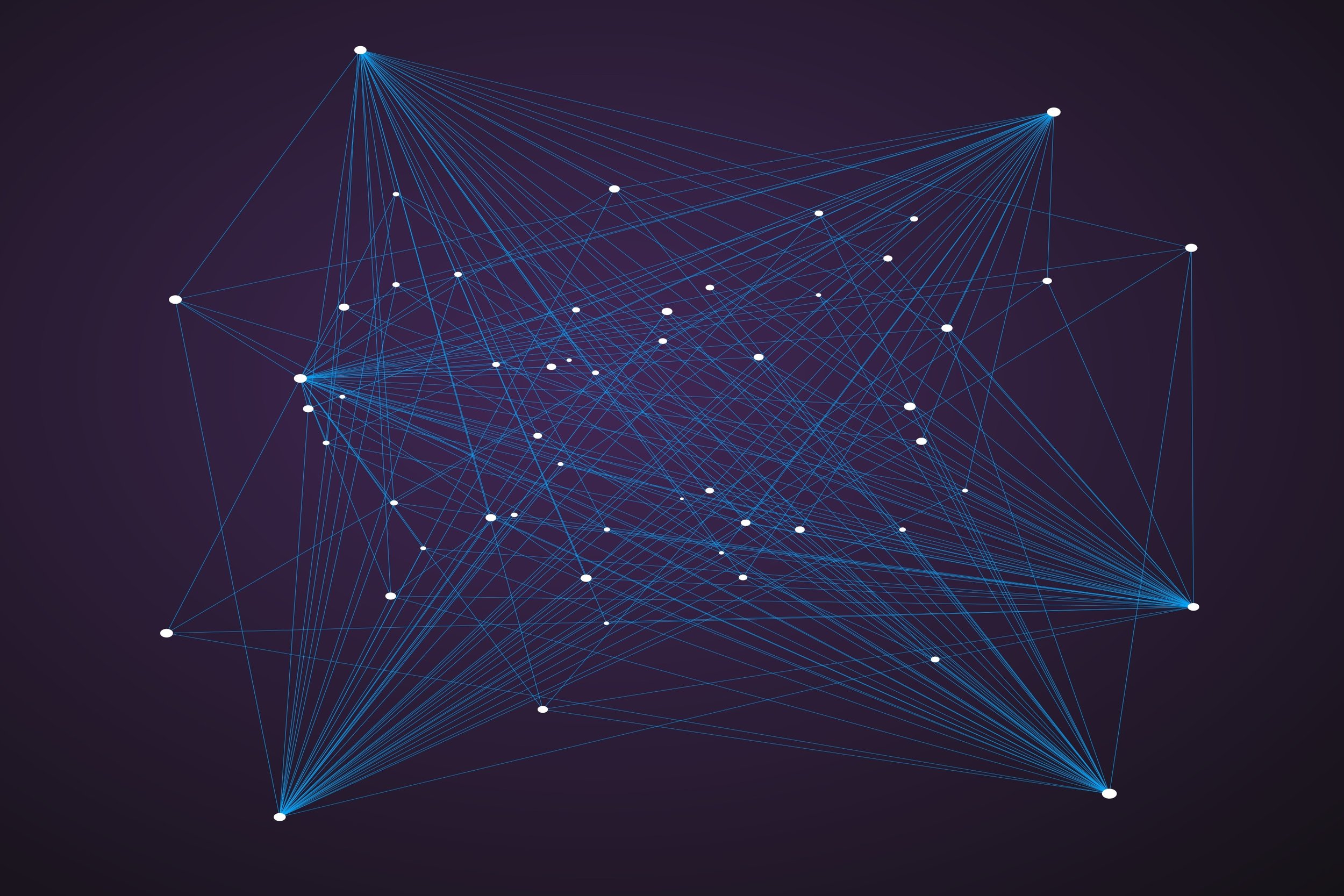An adaptive system (or a complex adaptive system, CAS) is a system that changes its behavior in response to its environment. The adaptive change that occurs is often relevant to achieving a goal or objective. We tend to associate adaptive behavior with individual plants, animals human beings, or social groups. However, relatively simple systems can also be adaptive.
Because a CAS adapts to its environment, the effect of environmental change cannot be understood just by considering its direct impact. We must also consider the indirect effects due to the adaptive response. Recognizing the way that indirect effects arise from adaptation can help us understand how to influence complex systems in a desired way.
An example of adaptation is the growth of a plant around obstacles. Without obstacles a plant will grow according to a kind of pattern. The growth of a plant will change if there are obstacles, and the specific change that occurs depends on the arrangement of obstacles. We say that the plant adapted to its environment.
Another type of adaptive behavior, learning, is more typically associated with animals. An animal learns from experience because changes in the brain (imprinting of memories) change the animal's future behavior.
More generally, learning occurs when a pattern of behavior of the system changes as a result of an interaction with the environment. This involves two levels of response by the system: The system responds in a way that changes its future response.
To understand this, it is helpful to distinguish between more variable and more persistent aspects of the system. When an adaptive system responds to a change in its environment, part of the response is a change in the more persistent aspects of the system. These changes can affect the system response at a later time.
We often think of the more variable aspects of a system as the external ones and more persistent aspects as internal. The two level concept of adaptation implies learning is "internalizing"---retaining information about the environment in a form that can influence the behavior of the system. Retaining information is helpful for goal directed behaviors if the environment repeats patterns of behavior.
Goal seeking adaptation
We generally associate adaptation with goal seeking behavior. A goal seeking system "tries" to adapt (changes its behavior) in order to achieve its goal.
It is helpful to notice, that goal seeking behavior can be readily realized in systems that have feedback. A thermostat coupled to a furnace has goal seeking behavior. It can also be said to be adaptive, because changes in the environment or in the system itself (changes in the outside temperature, opening the windows, changes in the furnace efficiency) change its behavior. The change is a difference in the on- time and off-time of the thermostat which achieves the goal of the system, which is a temperature within a desirable range.
Physical systems, like fluid flowing downward in gravity, also display characteristics of goal seeking behavior. Water flows around and even over small enough obstacles. The goal seeking behavior of water includes feedback because of the collective interactions of water molecules and surface tension.
Equilibrium chemical systems composed of reactive substances also adapt to changes in a well understood way. If we add one of the reactants, some of the added chemical will react to reduce the change in concentraion of the added chemical---the chemical process reduces the change that was imposed.
One of the greatest scientific controversies in recent times was caused by the suggestion that the biosphere is an adaptive system that responds to changes. This led to naming the biosphere "Gaia" and associating its response to goal/survival directed organism behavior. It is helpful to note that the basic adaptive response associated with Gaia is no more than what is displayed by a chemical reaction.
Evolution as adaptation
A collection of organisms can also respond to environmental change. Evolution is the adaptive response of a group of organisms that occurs over many generations. Evolutionary changes reflect the response of the collection of organisms to their environment. This involves both internal changes (e.g. in the genome) and external changes (i.e. in the phenome).
Since goal directed behaviors are generally associated with adaptation, the concept of the will to survive in animals plays an important role in conceptual aspects of evolutionary theory. This is, however, somewhat confusing as the goal is attributed to individual organisms, while in evolution the collection of organisms (not the individual) is adapting.
Related concepts: environment, indirect effects, feedback, evolution, dynamic response.
Copyright © 2011 Yaneer Bar-Yam All rights reserved.
